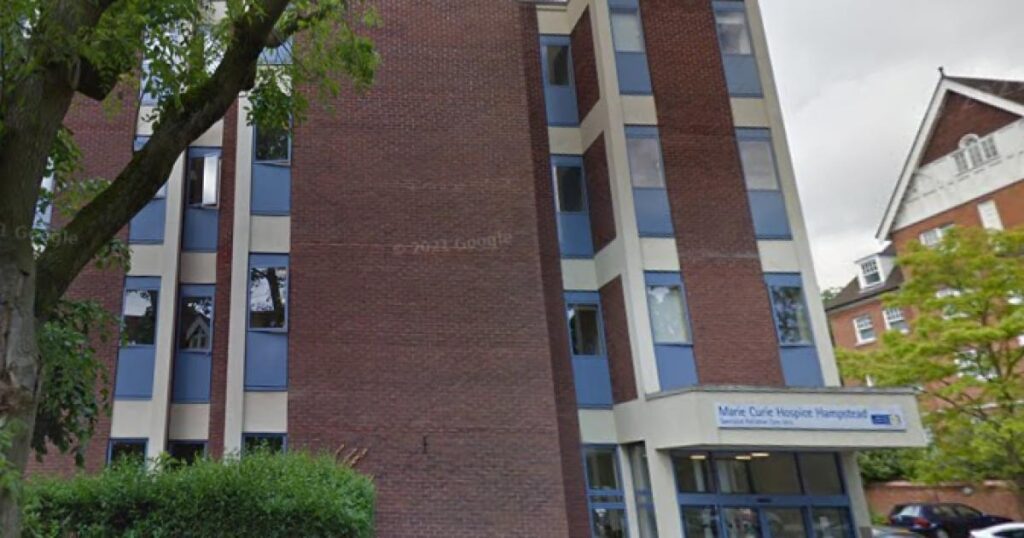Marie Curie Hampstead Hospice, in Lyndhurst Gardens, has been closed to inpatient referrals since 2023.
The charity says the building contains reinforced autoclaved aerated concrete (Raac) – a form of concrete linked with structural problems in ageing buildings.
But Mary Franklyn, whose sister was cared for at the hospice, fears it may never reopen as the charity delivers more care in patients’ homes.
She is campaigning for a hospice to reopen for inpatient care – even if it means finding a different building.
She said: “They keep saying the closure is on a temporary basis but so far – it’s going on 18 months – they are still putting people off.
“They’ve made no attempt to renovate it at all. It’s still under review. It’s like they are saying it will be under review until it is permanently closed.”
The Marie Curie charity’s involvement in Hampstead dates back to 1929, when a hospital opened to provide radiological treatment for cancer. The present building was officially opened by the Queen Mother in 1974.
Mary says Marie Curie is closing inpatient hospices around the country, and argues that treating patients at home is district nurse care, not hospice care.
She also claims that patients needing hospice care are being referred to hospitals, which are not set up for palliative care.
The charity said it “quickly pivoted” after the discovery of Raac at the Hampstead hospice and launched its Marie Curie Enhanced Hospice Care at Home service to support patients with specialist palliative care needs in their own homes.
A spokesperson said that with a minimum estimated closure of two years and due to the extent of work required, it had been carrying out a complex review of the future of the building and the financial implications, while working closely with NHS partners.
They added: “We also have Marie Curie Nurses working in local GP surgeries to identify people at end of life and get them timely access to the care they need much earlier than they currently do.
“We remain committed to ensuring patients have access to specialist palliative care inpatient beds and are in active discussions about securing an additional bed base while we are unable to use the hospice building.”




